
Weekend hikes won’t prep you for these beasts. These are the climbs where skill matters, and confidence gets tested quickly. With unpredictable terrain and no shortcuts, each mountain on this list asks more than just effort—it demands respect, planning, and serious nerve. Ready to see what separates hikers from climbers?
Denali, Alaska
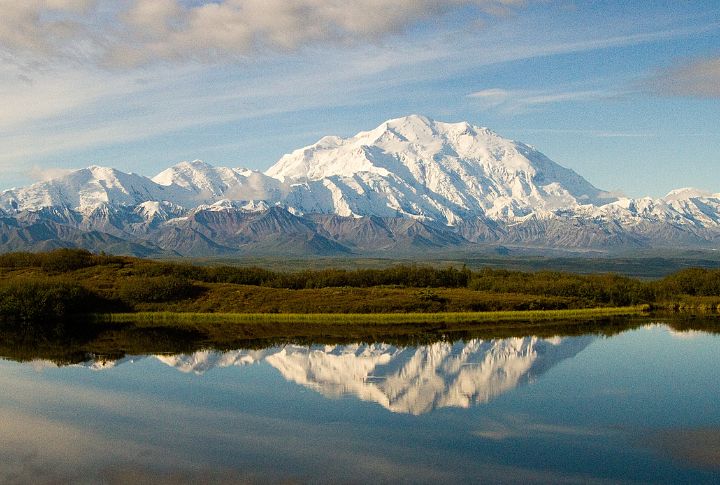
Denali stands 20,310 feet high, which makes it the tallest mountain in North America. Additionally, its base-to-summit climb exceeds 18,000 feet, outpacing many international peaks. Wind chills can plunge below -75°F, which explains why only about half of climbers reach the summit. The climbing season brings extended daylight, up to 22 hours per day.
Mount Rainier, Washington
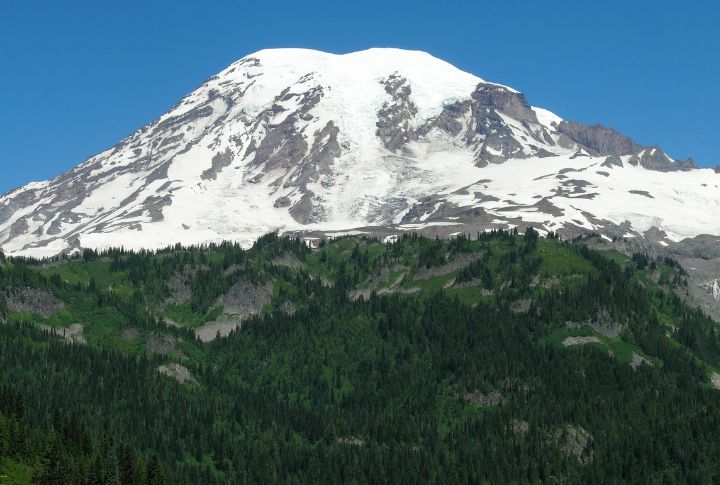
As the most glaciated peak in the U.S., with over 25 glaciers, Mount Rainier presents extreme challenges. Climbers face sudden storms, dangerous crevasses, and the notorious Liberty Ridge route, one of the deadliest in North America. In addition, whiteouts can occur in under 30 minutes, so staying cautious is vital for safety.
Capitol Peak, Colorado
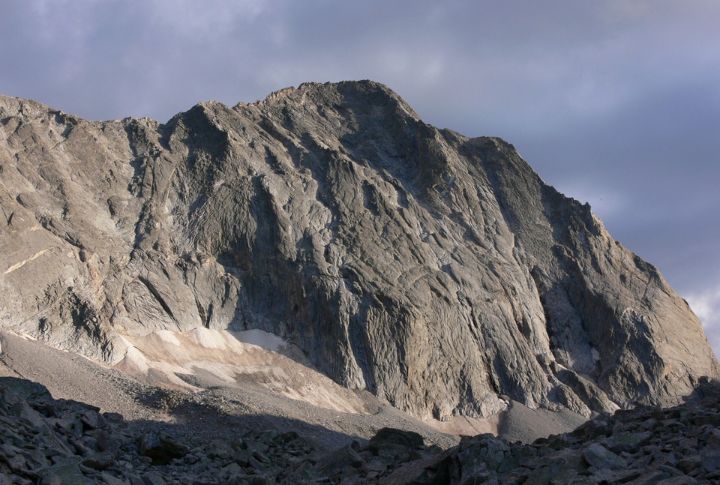
Hiking Capitol Peak demands serious preparation. The Knife Edge—a narrow ridge with 1,500-foot drop-offs, pushes balance and nerve to the limit. Its Class 4 rating reflects the extreme exposure, where even a small slip can be serious. At 14,136 feet, this route requires steady pacing and focus; some hikers turn back mid-ridge.
Mount Hood, Oregon

Mount Hood rises to 11,240 feet and contains active glaciers. Climbers face frequent avalanches and volcanic vents that may release noxious gases. Over 130 climbers have perished here. Rescue teams respond almost weekly, underscoring the danger. Despite its beauty, the mountain remains one of the Pacific Northwest’s riskiest peaks.
Mount Washington, New Hampshire

Mount Washington, with a world-record wind speed of 231 mph, is infamous for its deadly weather. Known as having the “Worst Weather on Earth,” wind chills can plunge below -100°F. Dozens have perished in unexpected whiteouts, and the mountain’s fatality registry dates back to the 19th century, highlighting its danger.
The Grand Teton, Wyoming
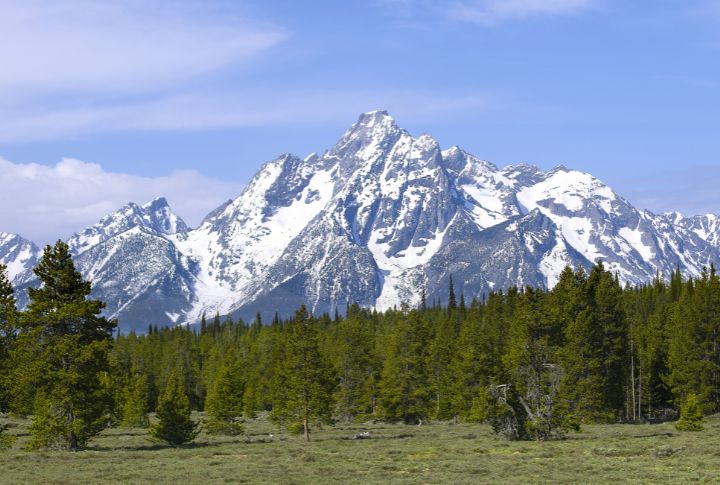
Standing tall at 13,775 feet, this peak requires technical climbing on granite spires. Additionally, lightning strikes are common due to its exposed ridges, so stay vigilant. Furthermore, rope work is necessary even on the descent, and glacier crossings demand proficiency with an ice axe. In the end, prepare for a tough but rewarding climb.
Mount Shasta, California
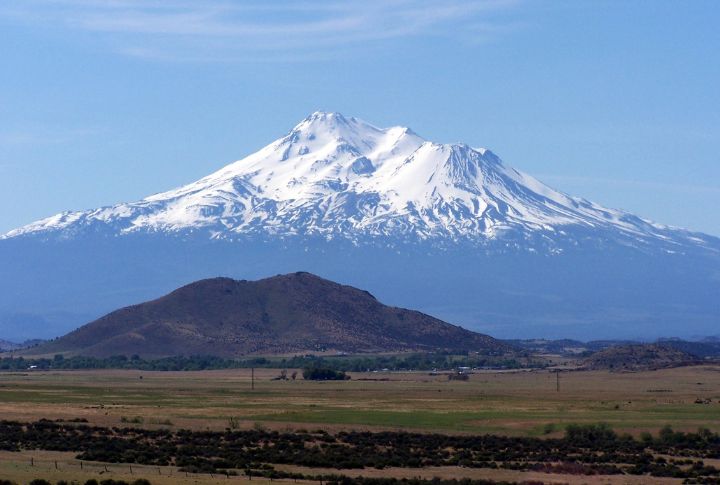
This 14,179-foot mountain is no easy feat. With avalanche-prone slopes, sudden whiteouts, and temperatures dropping to -30°F at the summit, even in summer, Mount Shasta keeps climbers on edge. It’s common to face a 7,000-foot climb in a single push. And, of course, it holds sacred meaning for several Native tribes and adds a deeper sense of respect.
Mount Jefferson, Oregon
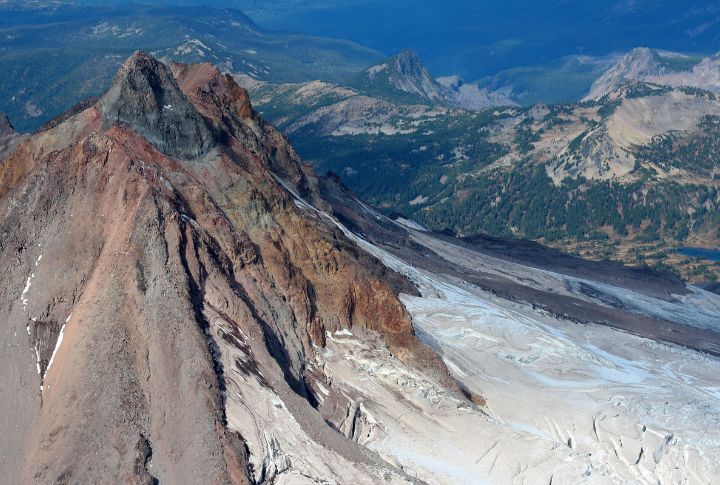
First-timers rarely bag the summit on Mount Jefferson, and it’s no mystery why. The glacier makes the route tough to follow, and the knife-edge ridges don’t forgive mistakes. Ice hangs on through summer, adding to the risk. And with no direct trail to the top, the climb takes more than muscle.
Mount Williamson, California

To tackle Mount Williamson, expect to earn every step. At 14,379 feet, it’s California’s second-highest peak. With no official trail, routefinding becomes essential. The journey starts with a steep canyon descent, and several water crossings lie ahead. Bears are common in the area, so stay alert.
Mount San Antonio (Mt. Baldy), California

Mount San Antonio, also known as Mt. Baldy, is the most dangerous peak in Southern California. Snow and ice remain through late spring, making hiking risky. Unfortunately, fatal slips have occurred even in mild weather, and as a result, rescues happen frequently during winter. Remarkably, this mountain is just 50 miles from downtown Los Angeles.
Mount Russell, California
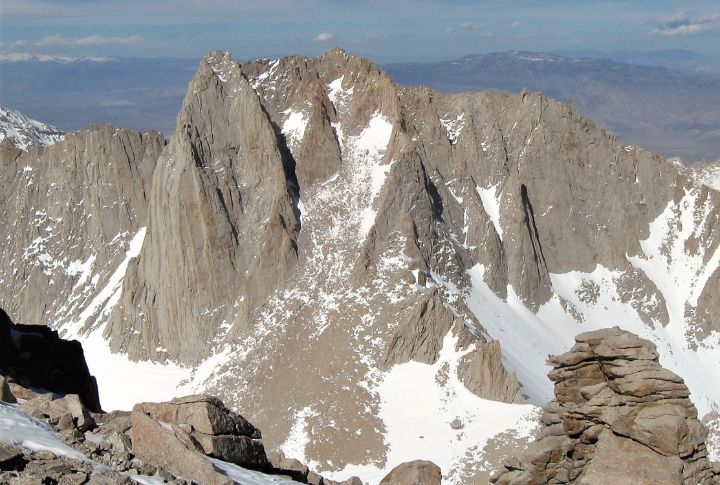
In California, Mount Russell poses a greater technical challenge than nearby Mount Whitney. The route includes sheer drop-offs and Class 3–4 exposure, demanding skill and focus. Climbers often go solo due to low traffic, but fatalities occur more frequently than expected. From the summit, you’ll see some of the deepest canyons in the U.S.
Mount Saint Elias, Alaska/Yukon Border
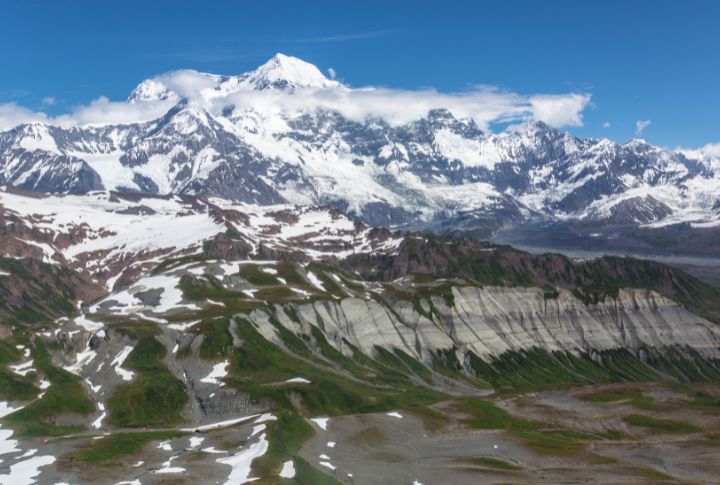
Eighteen thousand feet of nonstop climb? That’s what Mount Saint Elias throws at you. From a sea-level base to a sky-high summit, the gain is massive. Plus, glacier routes are riddled with hidden crevasses, and fast-moving storms often force climbers to turn back. It’s Alaska’s sleeping giant, second only to Denali in sheer size and silence.
Mount Baker, Washington
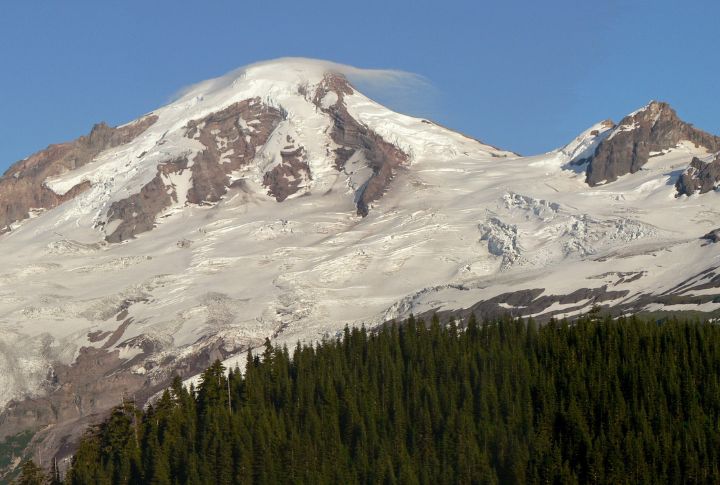
Located in Washington, Mount Baker is the most glaciated peak in the lower 48 states. One winter, the snowpack reached 95 feet. Frequent avalanches block paths and shift conditions quickly. The mountain emits sulfurous gas through fumaroles. Because of these extreme elements, the peak serves as a go-to training ground for glacier specialists.
Mount Whitney Via Mountaineer’s Route, California
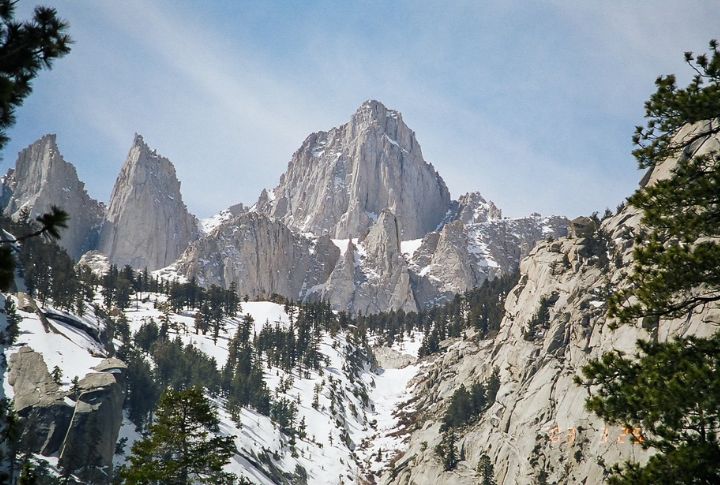
Mount Whitney’s Mountaineer’s Route skips the standard trail’s 99 switchbacks in favor of a more direct ascent. Additionally, it was pioneered by John Muir and features Class 3 climbing sections and steep gullies that require solid technique. Snow can remain through late July, making the route physically demanding and more suitable for seasoned hikers.
Little Bear Peak, Colorado

With a summit at 14,043 feet, this Colorado giant demands courage from the start. Little Bear Peak’s Hourglass Couloir is slick and exposed,\ as every step requires full focus. Rockfall becomes more frequent as the day warms. To stay safe, climbers must move fast and finish before conditions turn against them.

